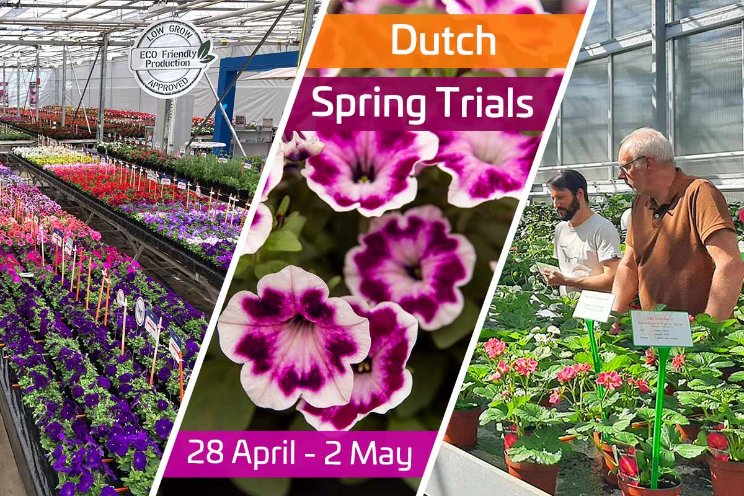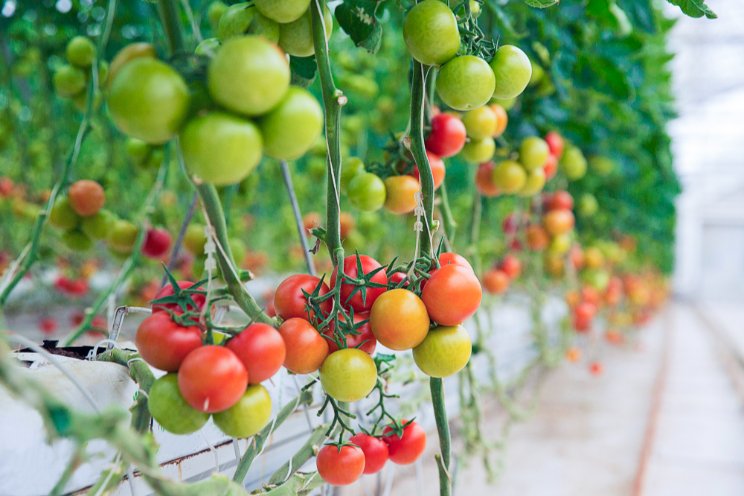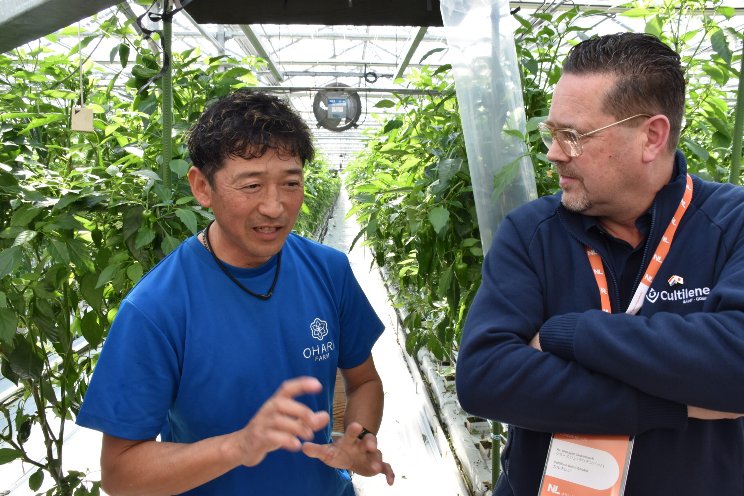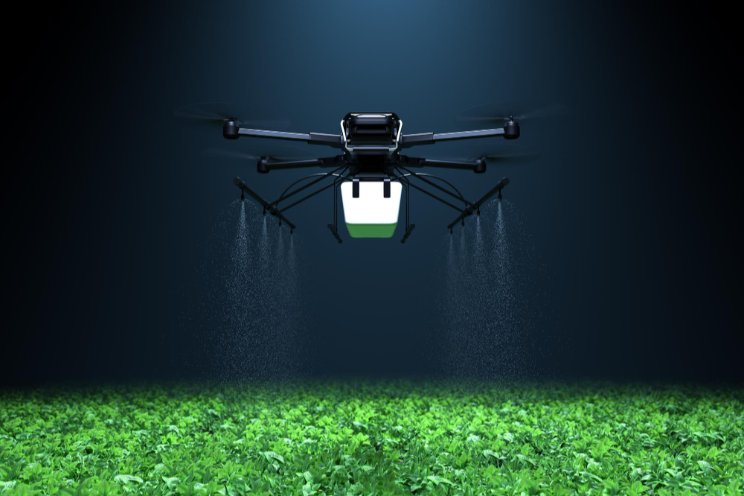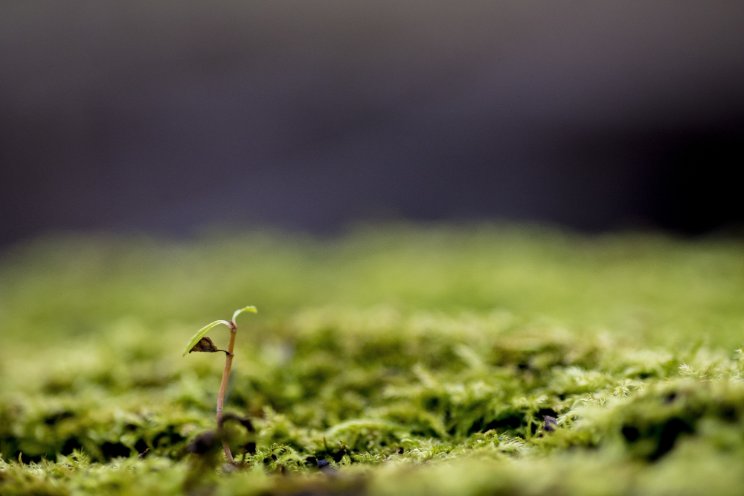The effect of white LEDs on plant performance
Added on 13 January 2023

Blue (400-500 nm) and red light (600-700 nm) are slightly more photosynthetically efficient than green (500-600 nm) light because of greater absorption by photosynthetic pigments within leaf tissue. Moreover, red light-emitting diodes (LEDs) have a higher photon flux efficiency than other types of common LEDs, such as blue or white LEDs. Therefore, it is necessary to optimize the lighting spectrum considering both crop growth and energy costs.

This graphic shows the photon spectra emitted by lighting fixtures that had red LEDs and 4000 K cool white, Horti White M2+M3, or Horti White M3 LEDs. Graphics: Erik Runkle
The indoor lighting spectrum can have a large impact on plant shape and leaf color. Blue light enhances pigmentation but generally inhibits leaf expansion and stem elongation. However, at least a modest percentage of blue light is needed for normal plant growth. Green light has less of an effect on morphology and coloration than blue light. Therefore, partially replacing green with red light may not have a noticeable change in crop growth and quality, but could increase energy efficiency.
There are many kinds of white LEDs on the market, which emit different percentages of blue, green, and red light. In this study, we evaluated the influence of light at the same total intensity (photon flux density, or PFD) using three different types of white LEDs, combined with light from red LEDs, while keeping the blue PFD constant. We selected lettuce and kale for evaluation because of their popularity as well as their sensitivity to the light spectrum. We hypothesized that plant growth and quality would be similar among the three lighting treatments if they all emitted the same percentage of blue light.
Continue reading.
Photo created by user6702303 - www.freepik.com
More news
